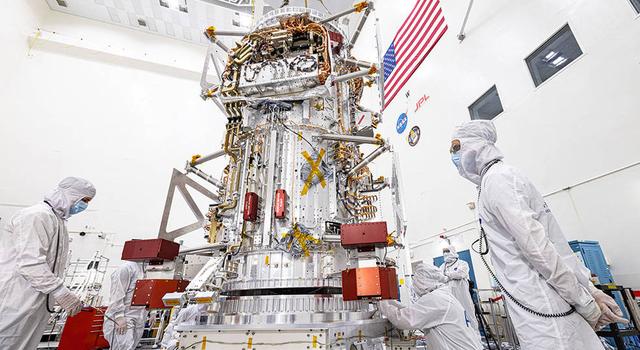
On October 14, NASA will fire rockets into the shadow of the annular solar eclipse.
A “ring of fire” eclipse, commonly known as an annular solar eclipse, will be seen in parts of the western United States on October 14. However, some NASA scientists will be hard at work while skywatchers and eclipse chasers may kick back, relax, and enjoy the show.
An Embry-Riddle Aeronautical University engineering physics professor named Aroh Barjatya is in charge of a NASA mission that will use three sounding rockets to monitor changes in the atmosphere throughout the eclipse. Atmospheric Perturbations around the Eclipse Path, or APEP, is the mission’s unintentional acronym and the name of the Egyptian god of night. The sun god Ra, Apep’s arch enemy, would hunt him, and when he finally got up to him, an eclips occurred.
The rockets will launch from the White Sands Missile Range in New Mexico and will be directed particularly at the ionosphere. The ionosphere’s temperature and density will decrease during the eclipse, producing a wave-like effect that may interfere with GPS and other satellite communications.
The eclipse, according to Barjatya, “is like a motorboat that suddenly rips through the water,” if you imagine the ionosphere as a pond with some gentle ripples on it. The water level briefly rises as it rushes back in, leaving a wake immediately beneath and behind it. All satellite communications pass through this area, the author continues, thus it’s critical that we “understand and model all perturbations in the ionosphere.”
The sounding rockets and their equipment will move to NASA’s Wallops Flight Facility in Virginia after the annular eclipse, where they will be relaunched in time for the upcoming total solar eclipse on April 8, 2024. The contiguous United States will not witness another significant solar eclipse pair until 2044, so this pair will be the last.
For eclipse science, I believe we might say, “We have to make hay while the sun shines,” added Barjatya. In all seriousness, though, this data collection will show how eclipses affect the ionosphere broadly and at the lowest spatial dimensions.



